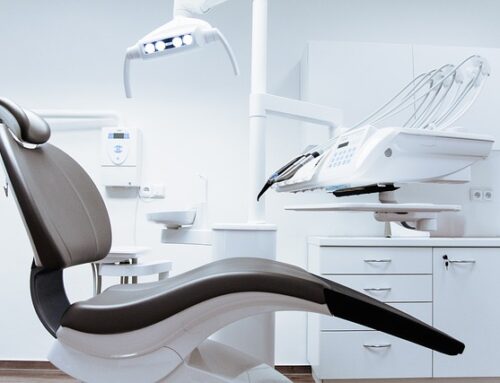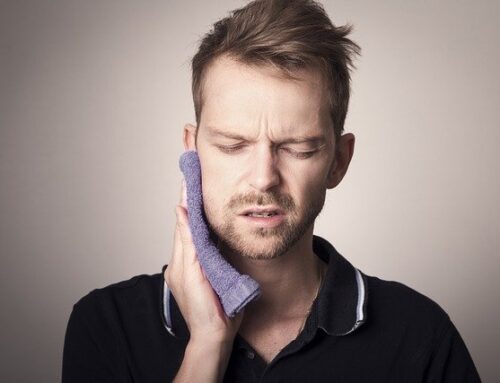Only 58% of people visit their dentist at least once a year. This might be shocking to you, but the reality is, it’s true. We need to get our patients to visit us more often than just once a year. On top of that, 40% of people who regularly visit their dentist have bruxism, which is an involuntary movement of the jaws when a person is sleeping.
About 80% of those who do grind their teeth are unaware they are doing it. While this condition can occur occasionally without causing severe damage, others can experience severe harm to their teeth. To add to this, those who suffer from teeth grinding also face the possibility of dental problems and sleep disorders. One complication is temporomandibular joint disorder, or TMD. Here is what to look out for in your patients.
What is TMD?
TMD is a problem occurring within the jaw, jaw joint and the surrounding tissues. The TMJ is a hinge joint which attaches the lower jaw to the temporal bone of the skull found in front of the ear on the sides of the head, which allows for jaw movement and enables yawning, talking and chewing. When teeth grinding occurs at night, the TMJ can become damaged from the pressure causing a chain reaction to the surrounding tissues resulting in pain, injury and or joint degeneration.
How is TMD connected to sleep apnea?
About 75% of people with TMD have signs that suggest a sleep breathing disorder, such as sleep apnea. A narrow upper arch of teeth is 90% predictive of OSA and a retruded chin in 70% predictive of OSA. In other words, teeth grinding and TMD can affect more than just the jaw–it can be an underlying cause for sleep apnea and other sleep disorders.
When TMD is present, it is possible for the jaw to move and for it to become misaligned, which affects the bite and general size of the mouth. This change in size can result in the inability of the mouth to properly accommodate the tongue. When less space is available, the tendency is for the tongue to fall to the back of the mouth, which, in turn, creates a blockage in the air pathway. This obstruction then leads to episodes of pauses in breathing or shallow breathing from sleep apnea.
To learn more about TMD and the connection with sleep apnea, feel free to contact my office or attend an upcoming lecture.




